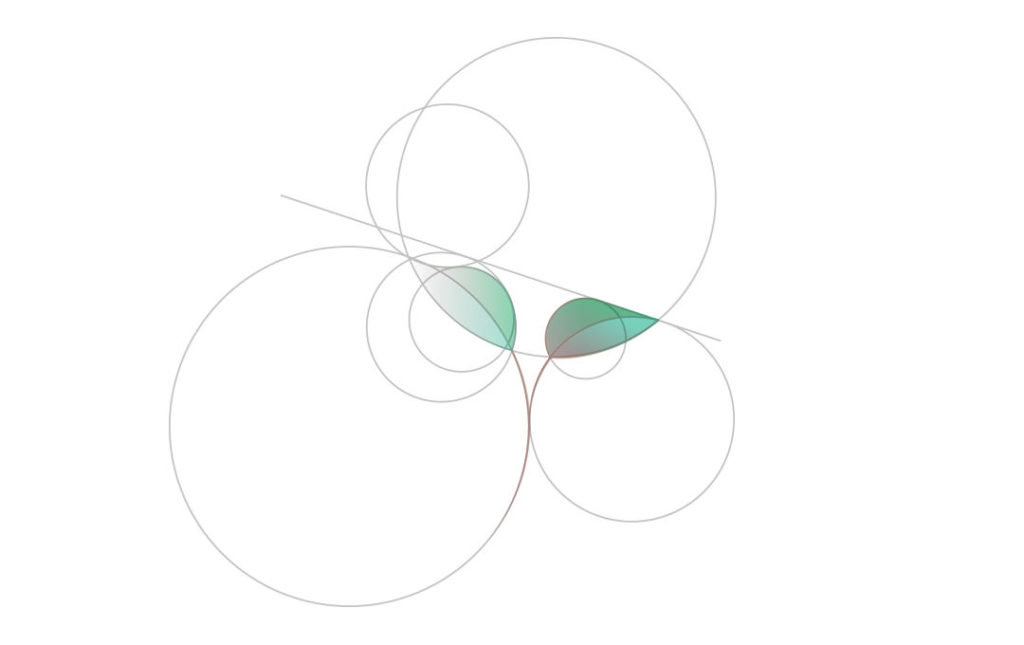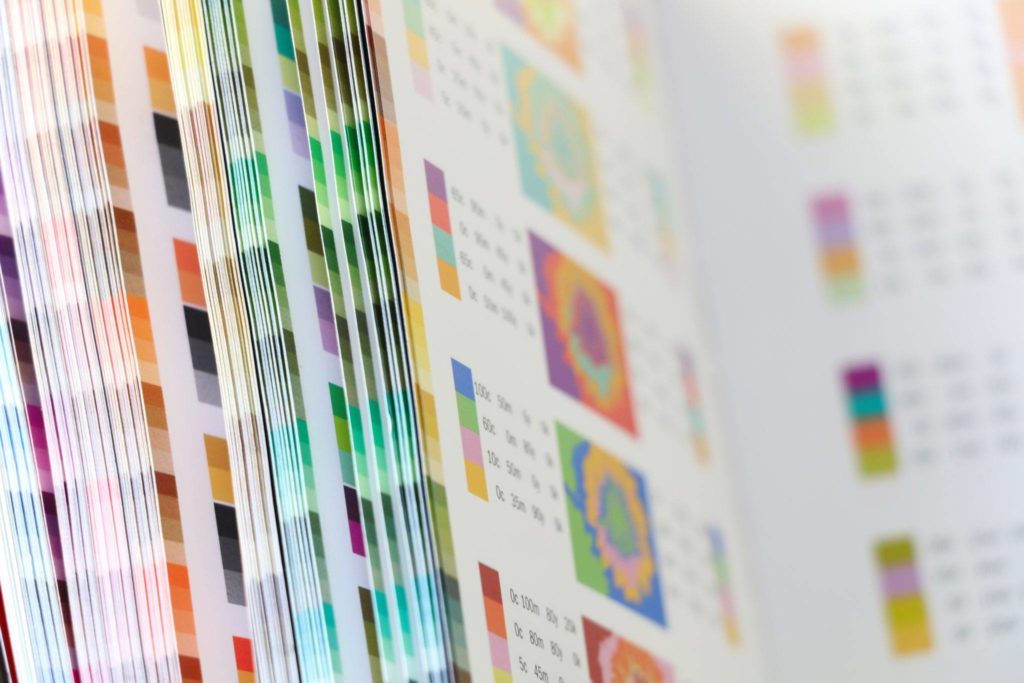Article
Beauty in Simplicity: Why Good Design is Timeless

Everyone is born creative; everyone is given a box of crayons in kindergarten. Then when you hit puberty they take the crayons away and replace them with books on algebra etc. Being suddenly hit years later with the creative bug is just a wee voice telling you, “Iʼd like my crayons back, please.” – Hugh MacLeod
I remember when I saw the first iPhone. “Wow! The icons and interface are so shiny and pretty!” I thought.
I also remember when my cousin Michael showed me the beta version of Windows Vista. Again, “Wow!” I thought, “Everything is so lovely! I want this just because it looks good!”
At that time, I hadn’t yet studied art; I was just another consumer impressed because the product was something I hadn’t yet seen: shiny and skeuomorphic, or emulating realism. Back then, shiny and skeuomorphic looked good because, for the first time in computer history, people were able to design things that way. The elements (bevels, textures, glows, shadows, etc.) were ornamental details that sold products. That is, until people realized they didn’t actually serve a purpose, and often didn’t even look good.
So, now I see things differently, and I design with this principle in mind:
Ornamental details serve only to hasten the day upon which a design will become obsolete. True artistry lies in using timeless shapes and simplicity to create designs that never go out of style.
Good design is all about simple beauty
Simplicity is the ultimate sophistication. – Leonardo da Vinci
I like my PC. I know, rare for a graphic designer. I definitely get flak for doing design work on a Windows machine, but I still like it. Just ask my co-workers.
However, I do have some admiration for Apple, most specifically for the physical designs of their products. Apple products are so well designed with simplicity in mind that it’s possible to create a photorealistic vector graphic of any product they offer. In layman’s terms, a computer graphic of a MacBook or iPhone in Photoshop that looks just like a photograph. There is so little ornamentation on their products it blows my mind. This aesthetic minimalism takes Apple products a long way.
Degradation by ornamentation
The modern ornamentalist will repudiate his own products three years later. To cultivated people they are immediately intolerable; others become aware of their intolerable character only years later. – Adolf Loos, Early 20th Century Austrian Architect. Ornament and Crime, 1908
Ornamentation is the result of breaking the laws of simple beauty. Common techniques that often, if not usually, become ornaments in digital design include:
- Bevels
- Glows
- Highly textured textures
- Twinkles
- Glossiness
Some ornamental details that are more likely to add to a design without degrading it are:
- Shadows. Caution: use these carefully! It’s way too easy to misuse or overuse them.
- Gradients. Gradients can add subtle artsiness to a design while keeping things simple. But, in both cases…when in doubt, leave it out.
Even in modern flat design it’s easy to overdo ornamentation – extra flat shadows, unnecessary dividers, a plethora of tiles, icons for everything…just because. No matter what style you’re designing in or what you’re designing, extra ornamentation will be one of your biggest temptations.
Why simplicity works
To find beauty in form instead of making it depend on ornament is the goal towards which humanity is aspiring. – Adolf Loos
I’ve heard many reasons for liking simple design:
- Fewer distractions. When design is simple, your eyes aren’t easily distracted by out-of-place features like an iffy bevel or little piece of clip art in the corner. Busy designs can simply be overwhelming.
- Information clarity. For instance, your brain can process a simple graph better than one with 3D perspective.
- Simple coding. When you aren’t asking the dev team to animate twinkling stars across the screen, or make buttons glow rainbow colors, they like you more.
- Faster load times. Websites load faster when there’s less information to load. This makes users happy.
These are all great points. Though, I think it’s something, well, more simple:
Simple design is popular because simplicity looks mind-blowingly good, and looking good is a really big deal.
Are there other reasons for simple design? Sure. But let’s face it, even though we can use complex coding to generate flashy skeuomorphic designs, for some reason the simple designs always rise to the top. I think that’s because, frankly, they just look better — and, naturally, we’re attracted to attractive things.
Good design never changes. Don’t waste time on ornamentation that only serves to hasten the point at which your design will become obsolete. Design with simple beauty and your product will be timeless.









